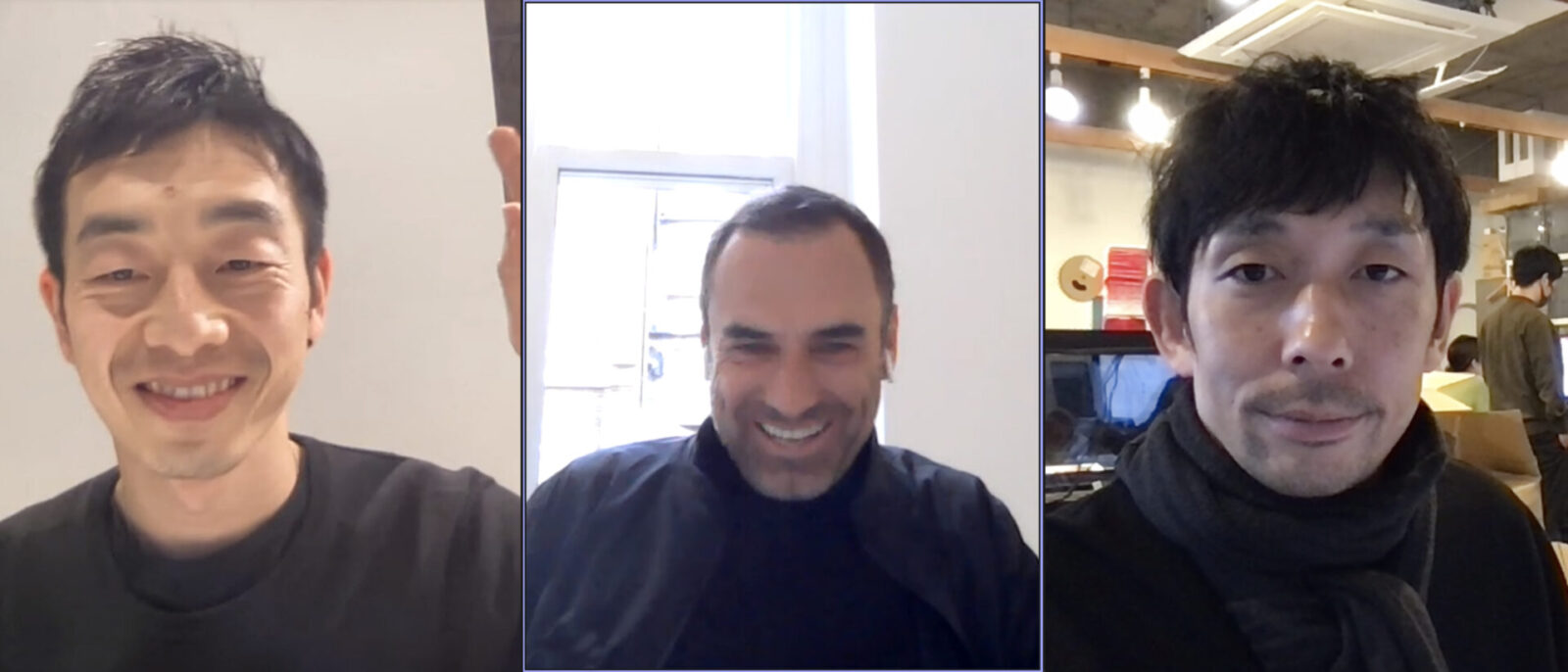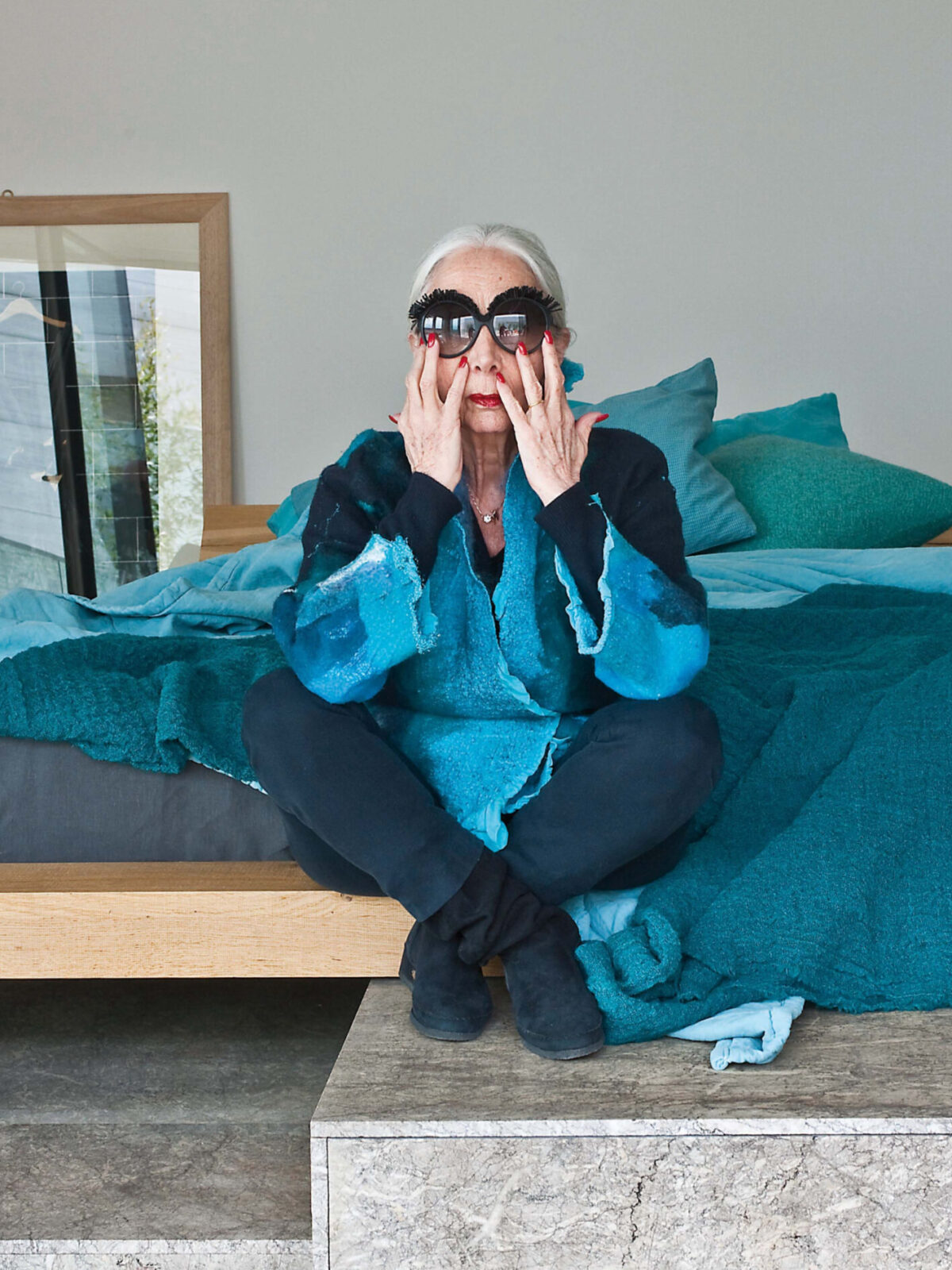Carpenters Workshop Gallery
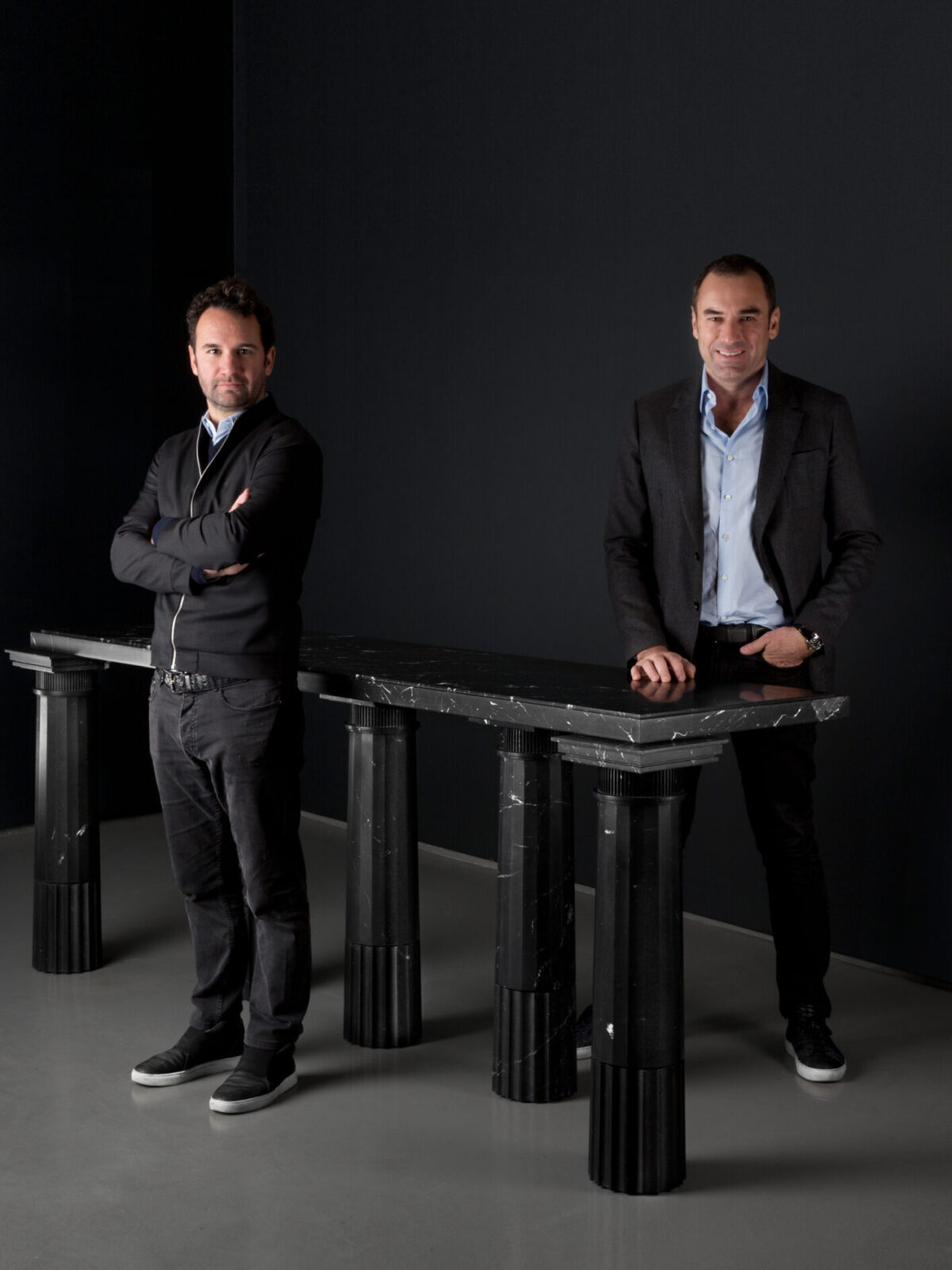
Our sixth guest is Loïc Le Gaillard of Carpenters Workshop Gallery (CWG), a leading figure in the international contemporary design scene with galleries in London, New York, Paris and San Francisco. He set up the gallery with his friend Julien Lombrail in 2006 to produce and exhibit the work of up-and-coming international artists and designers, including Martin Barth and Campana brothers. The gallery has been a key player in the now booming contemporary design market since its early days.
- Carpenters Workshop Gallery
The gallery relies on the partnership of friends Julien Lombrail and Loïc le Gaillard. They first opened a space in London’s Chelsea in 2006 in a former carpenter’s workshop; they now operate four galleries globally in London, Paris and New York. In 2015, the gallery opened The Workshop in Roissy, a unique 8,000 square meters space dedicated to artistic research bringing together the elite of artisans. Today, Carpenters Workshop Gallery is recognised as a leading gallery for contemporary collectible design.
The key is an emotional story
CWG opened its first gallery space in an old carpenter’s workshop in Chelsea, London in 2006. You started out selling paintings, but soon realised that the market was crowded and saw the potential in functional “objects” such as chairs and tables… Can you tell us a bit more about how you started the gallery and the concept behind it?
It all started with our sincere love for art, which is like a big family for us. Just as when you look at a painting or a sculpture and you can understand the emotions that the artist is trying to convey, we felt that we should not forget the emotional and artistic journey that goes into a well-designed and functional “object”. I thought it was important to pay attention to works that encompassed an emotional story. Not that I am not interested in design and function, but I am more interested in the unique journey, emotion and the DNA of the “object” itself. It is great for our gallery to have unique stories that come out of every object’s potential and its DNA. We tell stories to our children before they go to bed, but adults like to hear stories too. In today’s saturated world, no one needs a new chair, lamp or coffee table, but if it has a story, people want to hear it. If there is no story, there is no good design.
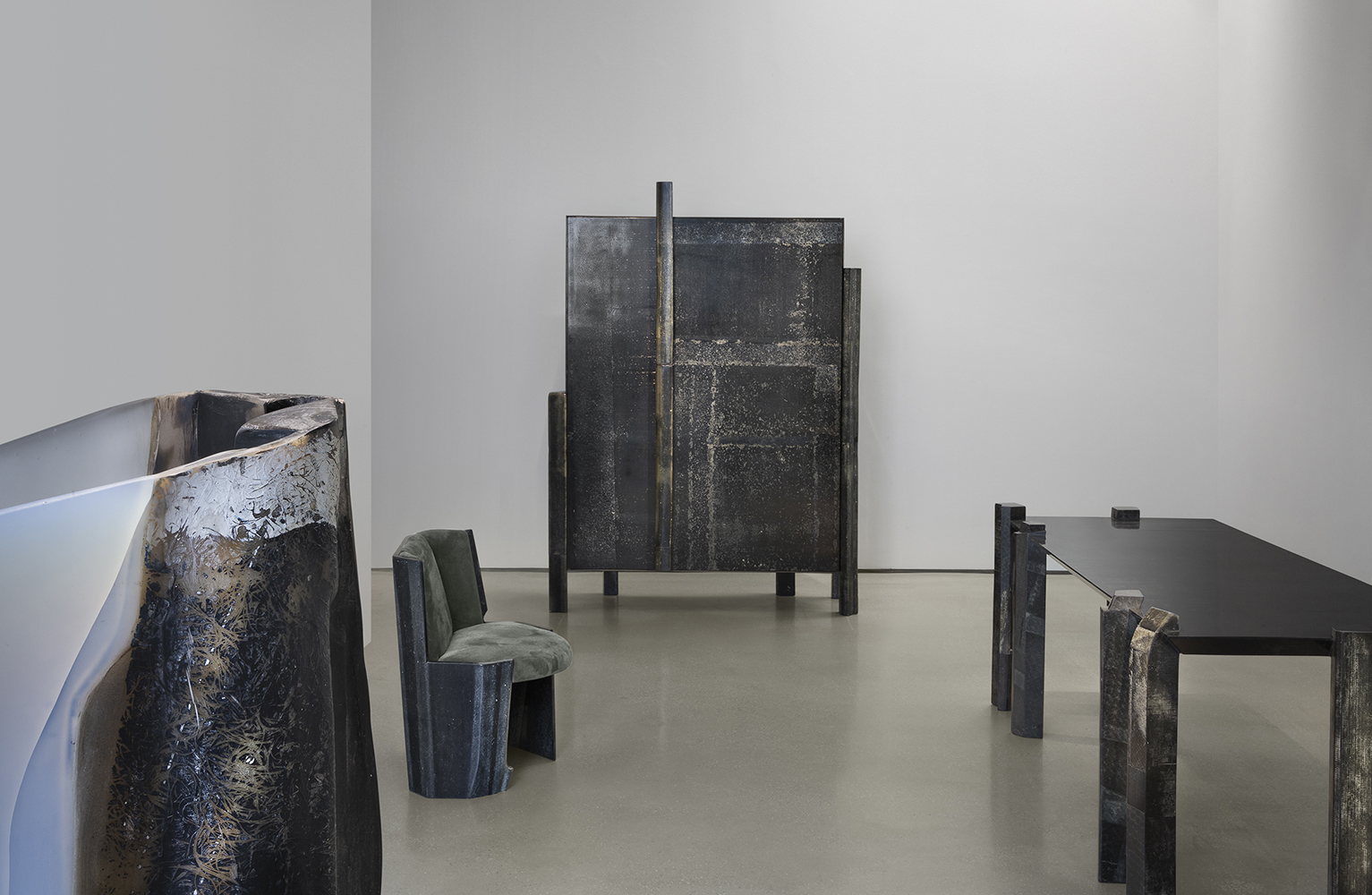
A chair becomes a sculpture
I can strongly feel this in the work you sell. Were there any changes in your environment between the time when you started the gallery and now?
Yes, there has been a big shift. When we started our gallery 15 years ago, there were only pure design galleries that focused on the function of things – lightness, efficiency and precision. So we took a different approach that asked artists to look for something more imperfect and beautiful. In Japanese culture, there is a word for ephemerality and imperfection, and we feel that this is similar. Over the past 15 years, we have changed the way people think about designed “objects” so that they see them as sculptures. It is functional, you can sit on it, but it is also a sculpture. I feel that many people now understand the potential and the DNA of the object itself. More and more people feel the ephemeral nature of the works we produce and see them as art. Art, both financially and conceptually, has no limits. If you look at a chair as just a chair, then of course there are limits. But if you look at it from an intellectual point of view and say, “That chair is a sculpture”, then it becomes a sculpture. Just as Marcel Duchamp redefined the urinal. We are not looking at a chair or a lamp, we are looking at whatever we want to see.
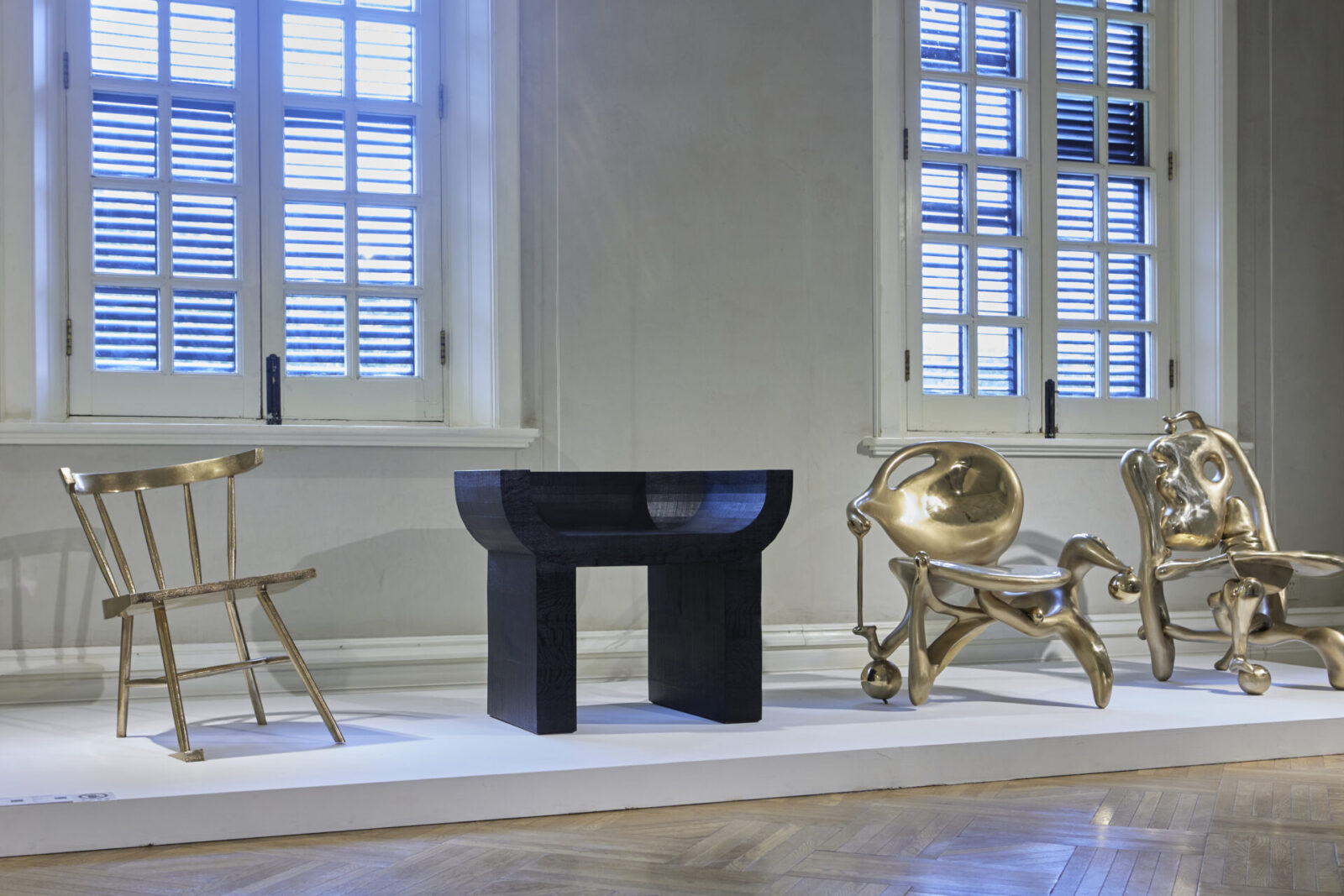
The difference between Europe and US
CWG opened a gallery in New York in 2012 and now 40% of your business is in the US, is there a difference between your European and American customers?
Interestingly, there is a big difference. Europeans look at art with an intellectual approach. They want to know about the artist and the material, they want to position the works within the history of art. They want to understand. That’s why the purchase journey is very long. For Americans, on the other hand It is more about, “Do I like it? “Can I afford it? “Do I have room for it?” This is a very emotional decision compared to Europeans. I think Europeans listen more to their heads and Americans listen more to their hearts. Americans have big houses, they are wealthy, they like big works and they are not afraid of being ignorant. Europeans, on the other hand, are afraid of being ignorant and are always wondering if they are buying the right thing, if it is a good investment.
Aric Chen, curatorial director of Design Miami, interviewed before, said something similar: the exhibition of Miami in December is more emotional, while Basel in June is a more sophisticated, intellectual exchange.
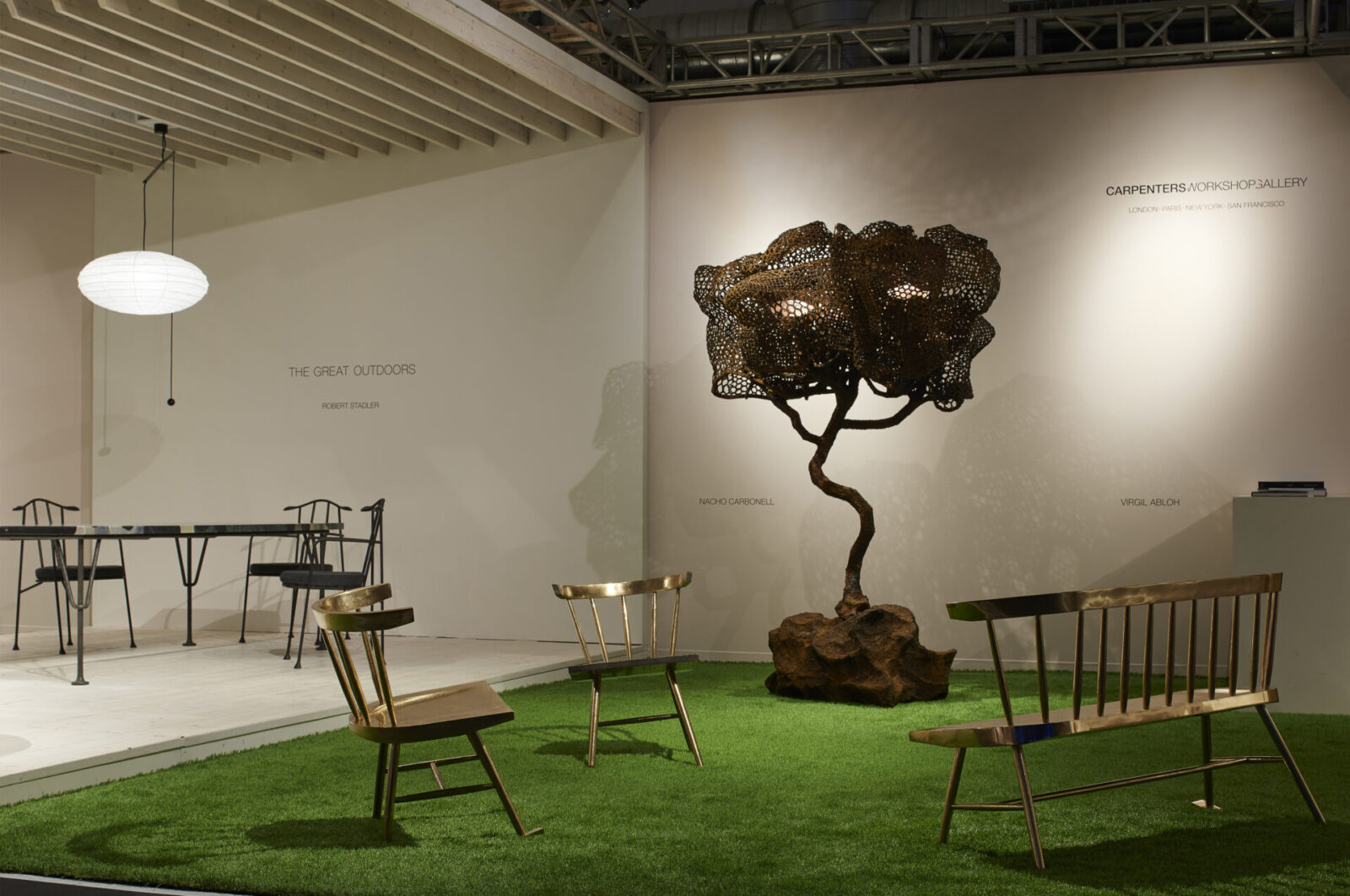
What to expect from Japanese design
I would also like to ask you about design in Japan. The market for contemporary and collectible design is not big in Japan, what do you think about Japanese and East Asian design?
I wonder if you know this, but we have done some projects with nendo.
Of course, I know that.
I love Japanese culture. Trips to Japan are always incredible. I love everything about your culture, about the fact that it is one of the oldest cultures in Asia and that Japanese people are extremely educated. If I could go there tomorrow, I would go in a heartbeat. But there was one thing about design that interested me. I was talking to young Japanese designers once, and they were focusing on design for function and efficiency, as opposed to artistic value. I wanted to hear a story, but what was important to them was the perfection of the object rather than the story. Unfortunately, that kind of work doesn’t really fit our aesthetic. But nendo is different: nendo has the perspective of a sculptor and understands the importance of imperfection. In fact, we would like to find more new talent from Japan and Asia. We don’t have enough designers and we are completely obsessed with the Japanese culture. We would love to work with you on a project.
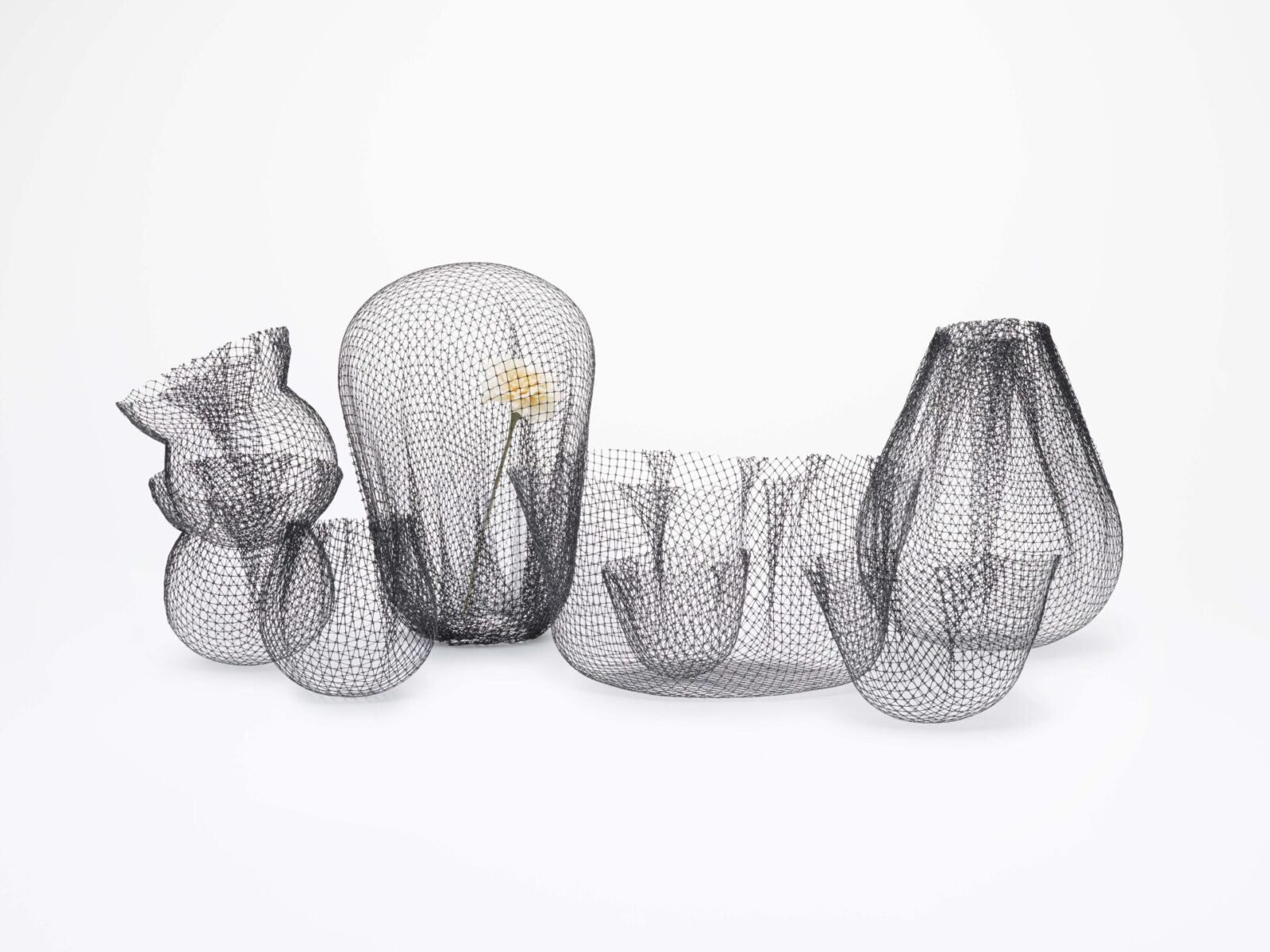
New talents push the business forward
We’d love to. By the way, how do you find new talents?
We are always looking for new talents. We get a lot of images of work every week and I look at everything. I take the time to look at them and even if I don’t like them, I take the time to reply. I also go to graduation shows. Finding new talents is just as important as selling works. Personally, discovering talents is fascinating. New blood drives the business and brings a lot of joy.
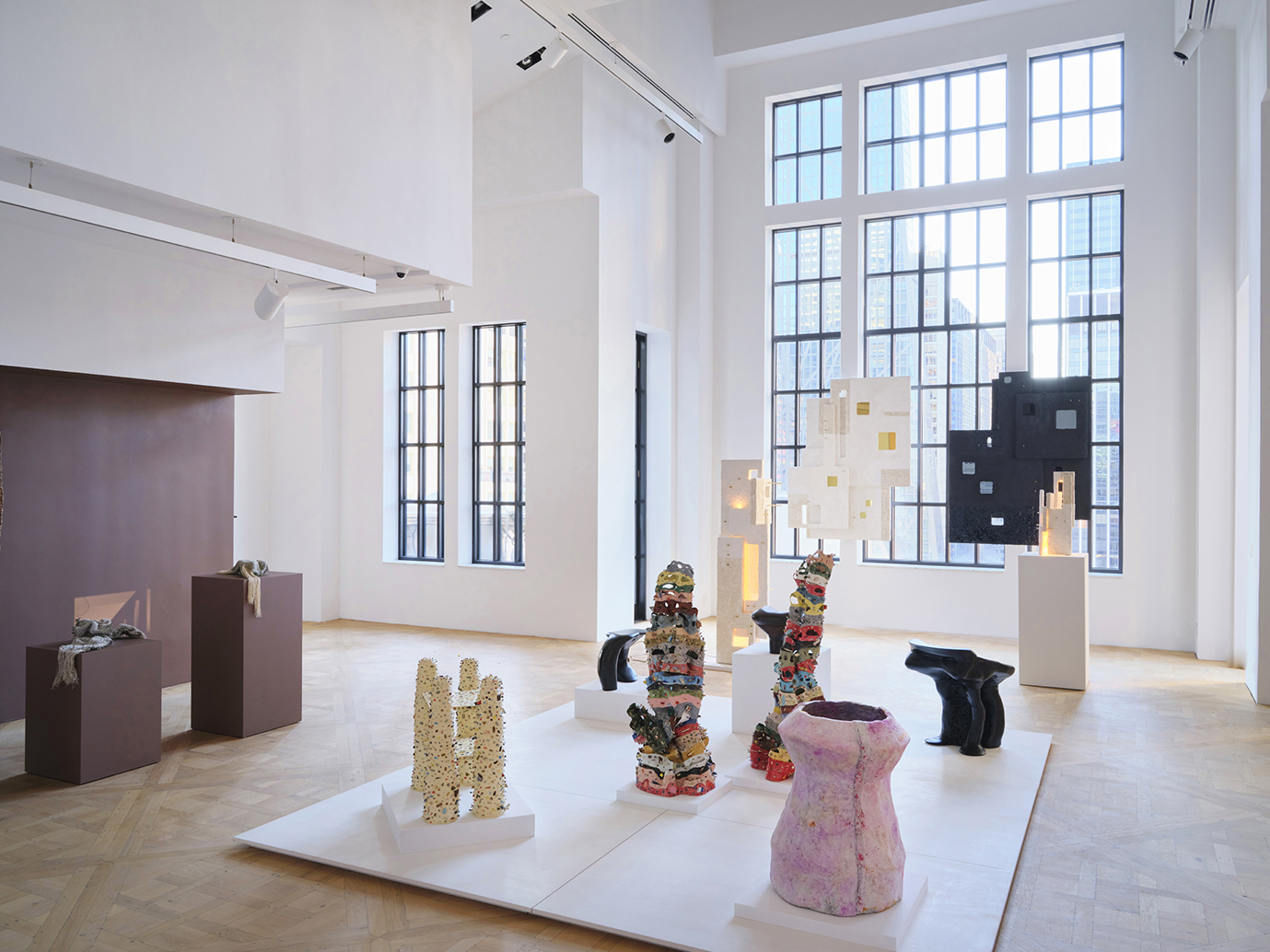
The ever-expanding market for contemporary design
The pandemic has completely changed the way we think. How do you think the contemporary design scene will change in the future?
Today, contemporary design is experiencing an acceleration of recognition. Contemporary design has been perceived to be equally important as art not only for its artistic value but also as an incredibly valuable investment, and it has been a part of my business plan from the beginning. Ten years ago, the design was seen as an expense and buying a design piece had no value. Now many people see design as an investment. It is not easy to name 50 major figures in the world of design, but when it comes to painting, you can name over 300. In a market that is expanding at an accelerated rate, 40 to 50 designers are not enough to create a big market, so the price of the work will rise and people will see design as a way of investing. Investing in design is great in terms of diversifying your investment, but you can now buy the best design for a fraction of the price of contemporary art. I think in the next 10 years, It is going to be a rectification of the markets where the design prices are going to go up. There will be a limit to the rise in the price of contemporary art, and a very strong adjustment will be needed. The money market will concentrate on talents and demand will be getting increasingly higher year after year.
I am learning a lot. In the meantime, do you think there is a chance for contemporary design to flourish in Asia?
I don’t think it is about possibilities, I think it is more a question of funding. We hear a lot about the need for more Black artists and Asian artists, but I don’t see it that way. I think it is not about race, it is just about whether the work is good or not. I am just interested in what you have in your hands, and the story you want to tell.
Thank you for today’s interview. Finally, do you have a message for the readers?
One day I would like to curate an exhibition of collectible design in Japan. It would be a great pleasure to be with you in Japan.
